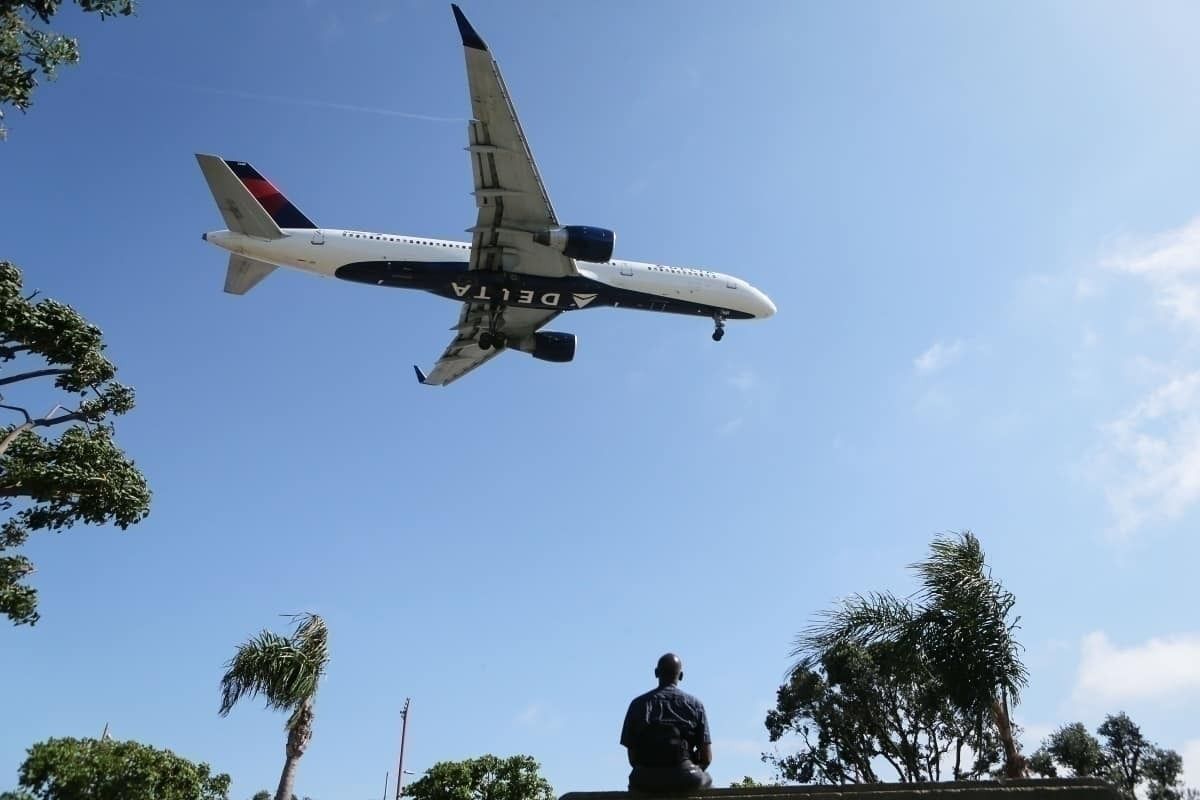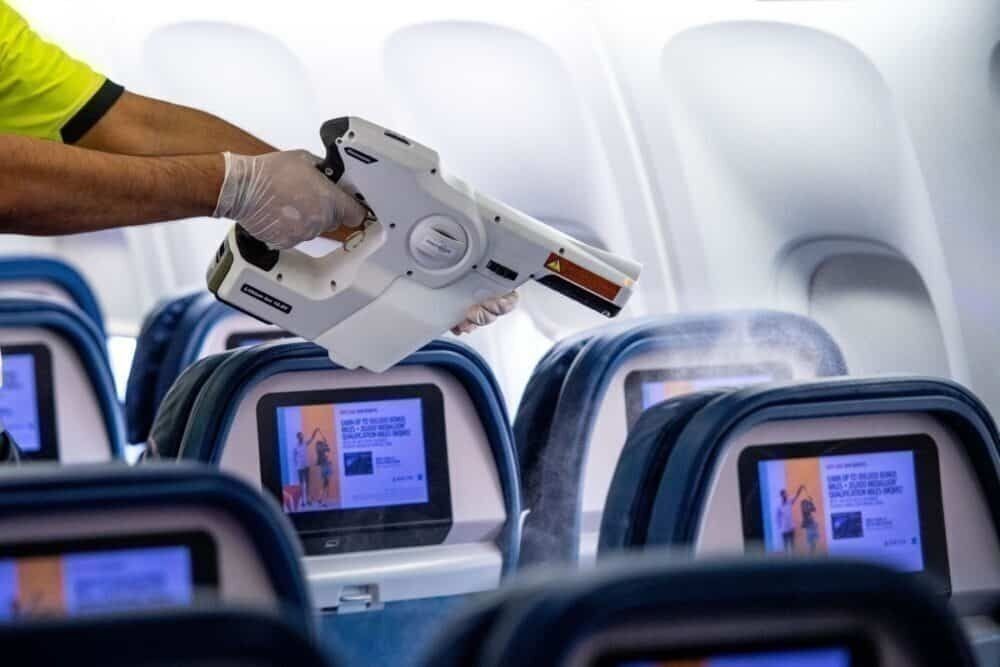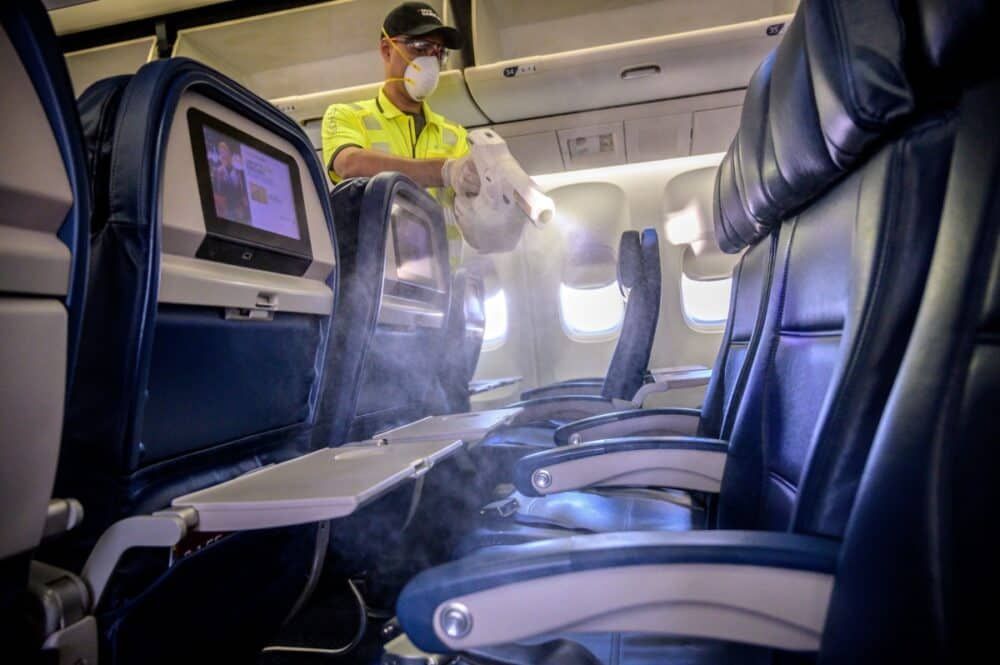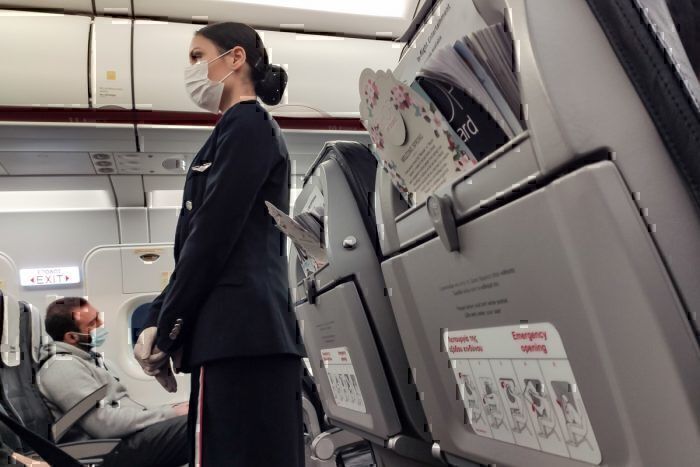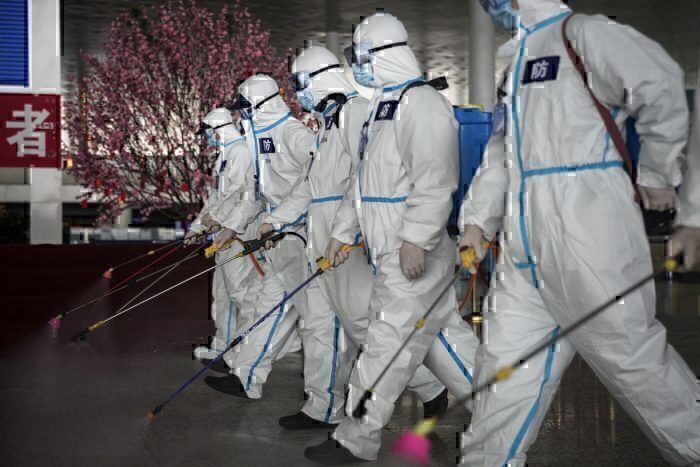As the travel industry tries to recover while maintaining safe operations amid the coronavirus pandemic, several airlines are now introducing electrostatic spraying across their services. These carriers are proud to use this modern technology, but how does it work?
Useful innovation
Even though this tech is new when it comes to cleaning processes, it has been around for over 60 years in other markets. Farming, automotive, and tanning industries have applied the technique with positive results over the decades. More recently, there has been great value in using electrostatic sprayers for disinfecting.
Electrostatic sprayers use a specific solution that combines with air and is atomized by an electrode inside. The liquids are then charged as they pass through a sprayer nozzle.
Cleaning and Maintenance Management (CMM) summarized the process with the following:
"This generates charged droplets that repel one another and actively seek out environmental surfaces, which they stick to and even wrap around to coat all sides. The result is a uniform coating of sanitizer or disinfectant on sprayed objects, including hard-to-reach areas that manual cleaning can miss. The technology also helps avoid liquid pooling often associated with trigger sprayers. The technology also helps avoid liquid pooling often associated with trigger sprayers."
Ultimately, it can take between 30 and 45 minutes to clean and disinfect each room in a hospital using standard methods. However, electrostatic sprayers can reduce the time it takes by 40 percent.
These sprayers can be deployed across various surfaces and are useful when spacious interiors need to be cleaned quickly. Moreover, they are helpful in areas where many people gather.
In minutes, large parts of restrooms, classrooms, cafeterias, kitchens, equipment rooms, offices, waiting rooms, and even vehicles can be disinfected. Moreover, the substance coats a surface evenly. Therefore, there is no need to wipe regularly, only sometimes to keep surfaces polished.
Joining the fight against the pandemic
As the COVID-19 outbreak started to spread west, carriers began to look at ways to ramp up their safety measures. Delta Air Lines introduced electrostatic spraying in its cabins on US-bound flights from Asia in February. Since then, it expanded the process across its routes.
The Atlanta-based carrier highlights how the process provides a safe and effective way to thoroughly clean from floor to ceiling, sanitizing areas that crew members and passengers often touch. The sprayers disperse the disinfectant in a fine mist that clings to surfaces. Altogether, the sprayers sanitize seats, seatback screens, armrests, tray tables, doors, lavatories, and galleys.
This high-grade disinfectant combats several infectious diseases, including coronaviruses. Additionally, surfaces are safe to touch immediately after applying the solution. Therefore, travelers don't have to wait long before boarding after the liquid is sprayed. Nonetheless, the airline's cleaning team goes over an extensive checklist after this process is complete.
According to a press release seen by Simple Flying, Delta airport customer service and cargo SVP, Eric Phillips said the following regarding how the operator's new initiatives fight against the virus.
"Providing a clean and healthy flying experience goes beyond meeting customer expectations, it’s part of our commitment to safety. Our customers can fly with confidence knowing that, on every Delta flight, the cabin has been sanitized top to bottom, interior surfaces and common areas have been thoroughly cleaned and Delta team members have confirmed the aircraft meets our cleanliness standards before boarding ever begins."
Popular technique
United Airlines is another major carrier in the United States that heavily promotes the use of electrostatic spraying. As part of the Chicago outfit's CleanPlus program, it is collaborating with disinfectant specialist Clorox and some of the country's top medical experts at Cleveland Clinic.
Five of the cabin-based safety measures that United has introduced are:
- Using electrostatic spraying on all aircraft before departure for enhanced cabin sanitation.
- State-of-the-art HEPA grade air circulation systems – these remove up to 99.7% of airborne particles onboard.
- Equipping employees with hand sanitizer and other tools.
- Providing hand sanitizer wipes as passengers enter the plane.
- Ensuring our aircraft cleaning standards meet, and in many cases, exceed Centers for Disease Control and Prevention (CDC) guidelines.
Other airlines across the board are taking on electrostatic sprayers to maintain high levels of cleanliness. As Air Canada restarts several of its services, it has also turned to this technology. The flag carrier of Canada is integrating it into its CleanCare+ program to strengthen its grooming standards.
Playing its part
Altogether, with many people returning to the skies over the next few months, carriers must ensure that their operations are as safe as possible. With their ability to combat effectively against COVID-19 on surfaces, electrostatic sprayers will play an essential role as part of airlines' safety programs.
Nonetheless, even though these measures will help reduce the risk of transmission during a flight, it is vital that fliers also do their bit. Electrostatic spraying kills unwanted pathogens on a surface, but it does not create a protective barrier.
Therefore, combining the technology with the wearing of masks, the use of sanitizing amenities, and keeping up with general hygiene practices will go a long way. Regardless, with electrostatic spraying being such an efficient technique, it won't be surprising to see several more operators introduce the process across their operations.
What are your thoughts about electrostatic sprayers being in use on aircraft amid the current conditions? Do you feel more comfortable knowing that airlines are using them across their services? Let us know what you think of the technology in the comment section.

